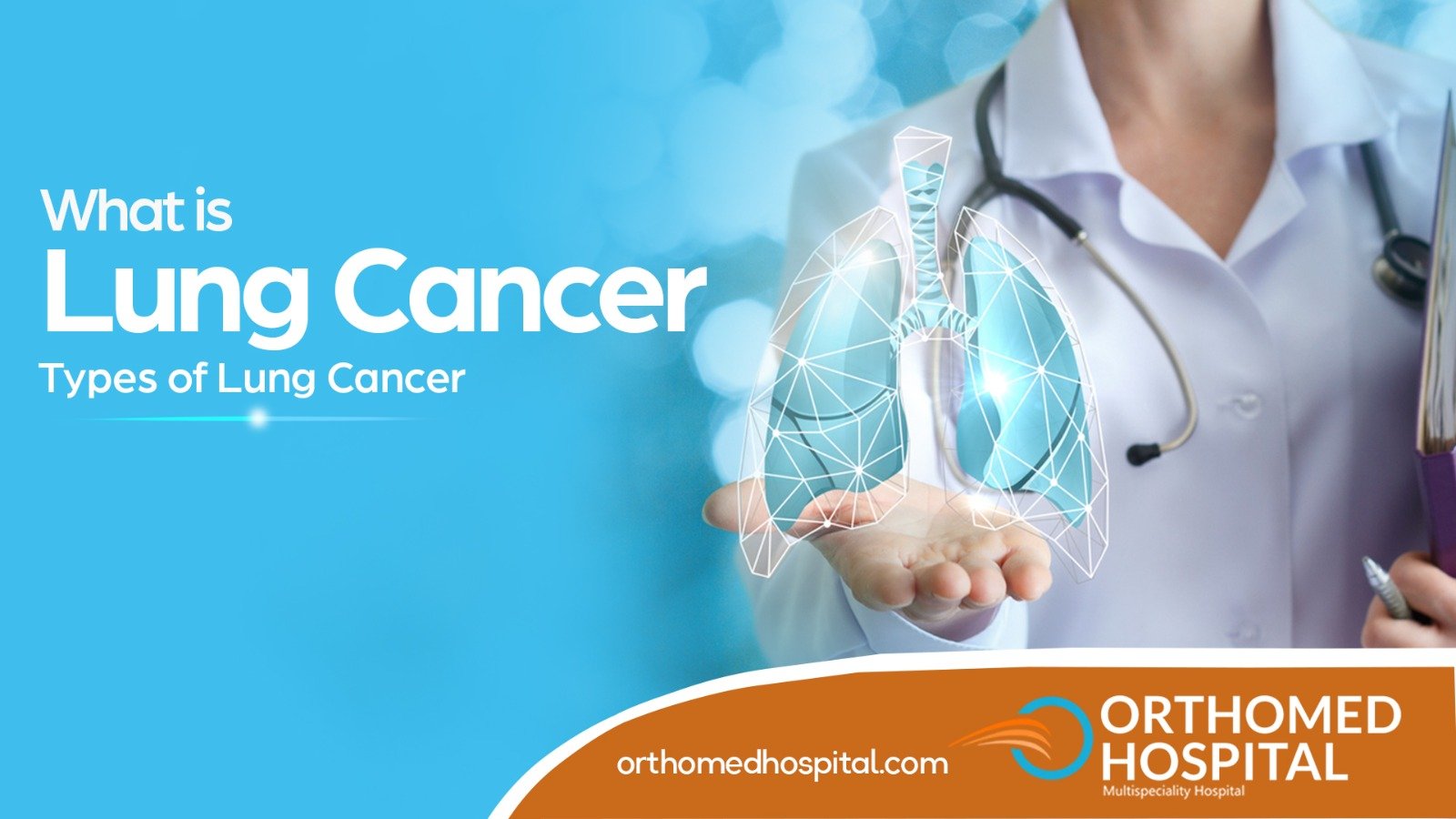
- Home
- About
- Services
- Specialists
- Research
- Achivements
- gallery
- contact








- Home
- About Us
- Orthopedics
- Know Your Alignment
- Sports Medicine
- Knee
- Arthroscopic ACI Cartilage Transplant
- Arthroscopic ACL Avulsion Fixation
- Arthroscopic ACL Primary Repair
- Arthroscopic ACL Reconstruction – All Inside Technique
- Arthroscopic ACL Rehab
- Arthroscopic ACL Revision Surgery
- Arthroscopic ACL Single Bundle Reconstruction
- Arthroscopic assisted MPFL Reconstruction
- Arthroscopic assisted Multiple Ligament Tear – SURGERY
- Arthroscopic Medial Meniscal Repair
- Arthroscopic OATS Chondroplasty
- Arthroscopic OCD Fixation
- Arthroscopic Paediatric ACL Reconstruction
- Arthroscopic PCL Avulsion Fixation
- Arthroscopic PCL Reconstruction
- Arthroscopy Assisted STEM Cell Cartilage Transplant
- PCL Rehabilitation
- Total Knee Replacement
- Shoulder
- Arthroscopic Rotator Cuff Repair
- Arthroscopic Bankart Repair
- Arthroscopy Assisted Latarjet Surgery
- AC Joint Fixation
- Arthroscopic Capsular Release
- Arthroscopic Sub – Acromial Decompression (SAD)
- Arthroscopic Calcific Tendinitis Excision
- Arthroscopic Biceps Tenodesis
- Arthroscopic SLAP Repair
- Arthroscopic Revision Cuff Repair
- Arthroscopic Revision Bankart Repair
- Shoulder Rehab
- Elbow
- Wrist
- Hip
- Ankle
- Our Specialities
- Podiatric / Diabetic Foot Clinic
- General Surgery & Gastroenterology
- Obstetrics & Gynaecology
- Internal Medicine & Diabetology
- ENT
- Plastic & Cosmetic Surgery
- Paediatrics
- Pulmonology
- Nephrology & Urology
- Psychiatry
- Rheumatology
- Vascular Surgery
- Anaesthesiology & Intensive Care Unit
- Dermatology
- Oncology
- Radiology
- Sonology
- Endocrinology
- Cardiology
- Neurology
- Oral and Maxillofacial Surgery
- Our Services
- Resource
- Enquiry


- Home
- About Us
- Orthopedics
- Know Your Alignment
- Sports Medicine
- Knee
- Arthroscopic ACI Cartilage Transplant
- Arthroscopic ACL Avulsion Fixation
- Arthroscopic ACL Primary Repair
- Arthroscopic ACL Reconstruction – All Inside Technique
- Arthroscopic ACL Rehab
- Arthroscopic ACL Revision Surgery
- Arthroscopic ACL Single Bundle Reconstruction
- Arthroscopic assisted MPFL Reconstruction
- Arthroscopic assisted Multiple Ligament Tear – SURGERY
- Arthroscopic Medial Meniscal Repair
- Arthroscopic OATS Chondroplasty
- Arthroscopic OCD Fixation
- Arthroscopic Paediatric ACL Reconstruction
- Arthroscopic PCL Avulsion Fixation
- Arthroscopic PCL Reconstruction
- Arthroscopy Assisted STEM Cell Cartilage Transplant
- PCL Rehabilitation
- Total Knee Replacement
- Shoulder
- Arthroscopic Rotator Cuff Repair
- Arthroscopic Bankart Repair
- Arthroscopy Assisted Latarjet Surgery
- AC Joint Fixation
- Arthroscopic Capsular Release
- Arthroscopic Sub – Acromial Decompression (SAD)
- Arthroscopic Calcific Tendinitis Excision
- Arthroscopic Biceps Tenodesis
- Arthroscopic SLAP Repair
- Arthroscopic Revision Cuff Repair
- Arthroscopic Revision Bankart Repair
- Shoulder Rehab
- Elbow
- Wrist
- Hip
- Ankle
- Our Specialities
- Podiatric / Diabetic Foot Clinic
- General Surgery & Gastroenterology
- Obstetrics & Gynaecology
- Internal Medicine & Diabetology
- ENT
- Plastic & Cosmetic Surgery
- Paediatrics
- Pulmonology
- Nephrology & Urology
- Psychiatry
- Rheumatology
- Vascular Surgery
- Anaesthesiology & Intensive Care Unit
- Dermatology
- Oncology
- Radiology
- Sonology
- Endocrinology
- Cardiology
- Neurology
- Oral and Maxillofacial Surgery
- Our Services
- Resource
- Enquiry



- Home
- About Us
- Orthopedics
- Know Your Alignment
- Sports Medicine
- Knee
- Arthroscopic ACI Cartilage Transplant
- Arthroscopic ACL Avulsion Fixation
- Arthroscopic ACL Primary Repair
- Arthroscopic ACL Reconstruction – All Inside Technique
- Arthroscopic ACL Rehab
- Arthroscopic ACL Revision Surgery
- Arthroscopic ACL Single Bundle Reconstruction
- Arthroscopic assisted MPFL Reconstruction
- Arthroscopic assisted Multiple Ligament Tear – SURGERY
- Arthroscopic Medial Meniscal Repair
- Arthroscopic OATS Chondroplasty
- Arthroscopic OCD Fixation
- Arthroscopic Paediatric ACL Reconstruction
- Arthroscopic PCL Avulsion Fixation
- Arthroscopic PCL Reconstruction
- Arthroscopy Assisted STEM Cell Cartilage Transplant
- PCL Rehabilitation
- Total Knee Replacement
- Shoulder
- Arthroscopic Rotator Cuff Repair
- Arthroscopic Bankart Repair
- Arthroscopy Assisted Latarjet Surgery
- AC Joint Fixation
- Arthroscopic Capsular Release
- Arthroscopic Sub – Acromial Decompression (SAD)
- Arthroscopic Calcific Tendinitis Excision
- Arthroscopic Biceps Tenodesis
- Arthroscopic SLAP Repair
- Arthroscopic Revision Cuff Repair
- Arthroscopic Revision Bankart Repair
- Shoulder Rehab
- Elbow
- Wrist
- Hip
- Ankle
- Our Specialities
- Podiatric / Diabetic Foot Clinic
- General Surgery & Gastroenterology
- Obstetrics & Gynaecology
- Internal Medicine & Diabetology
- ENT
- Plastic & Cosmetic Surgery
- Paediatrics
- Pulmonology
- Nephrology & Urology
- Psychiatry
- Rheumatology
- Vascular Surgery
- Anaesthesiology & Intensive Care Unit
- Dermatology
- Oncology
- Radiology
- Sonology
- Endocrinology
- Cardiology
- Neurology
- Oral and Maxillofacial Surgery
- Our Services
- Resource
- Enquiry

Lung cancer is a serious disease caused by uncontrolled cell division in your lungs. This fatal condition is when your cells divide and multiply themselves as a part of their regular function. Damaged cells divide irresistibly, creating masses or tumors of tissues that restrict the functionality of your organ. Lung cancer starts in your lung—usually in the bronchi, bronchioles, or alveoli.
It’s categorized into two main types: small cell lung cancer (SCLC) and non-small cell lung cancer (NSCLC). You need to have a clear idea about these types through a lung cancer diagnosis, spot the most promising treatment option, and make the outcome more positive.
Overview of Lung Cancer
Lung cancer starts in the lung tissues, exactly the airway’s cell lining, or alveoli. They are segregated into two categories depending on the cell type and its growth pattern.
- Primary Lung Cancer: It starts in the lungs.
- Secondary Lung Cancer: This type is a condition in which cancer spreads to other parts of the body from the lungs.
Common Symptoms
When it comes to symptoms, usually lung cancer doesn’t show any serious symptoms until the disease is advanced. Some common symptoms are:
- Continuous cough
- Struggling to breath
- Serious chest pain
- Hoarseness
- Unreason weight loss
- Coughing up blood—a serious sign
If you’re experiencing serious symptoms, contact Orthomed, renowned for having some of the best oncologists in Chennai.
Types of Lung Cancer
Small Cell Lung Cancer (SCLC)
In total lung cancer cases, around 10-15% of cases are due to SCLC. Because of its rapid growth and quick spreading to other parts of the body. SCLC is exclusive for people associated with cigarette smoking. In this, there are further two types:
Small Cell Carcinoma: Because of its aggressive nature, this type is the most common form of SCLC.
Combined Small Cell Carcinoma: This type accommodates both large cell and small cell features.
Treatment for SCLC is often chemotherapy and radiation; that’s because SCLC grows rapidly and is usually diagnosed at later stages.
Non-Small Cell Lung Cancer (NSCLC)
NSCLC is the most common type, which holds close to 80–85% of lung cancer cases. It’s like a slow burn—takes more time to grow and spread than SCLC. They are further divided into three main types:
- Adenocarcinoma: In NSCLC, this one is the most common subtype, accounting for 40% of all lung cancers. Originating from the lungs’ mucus-secreting glands, it is often seen in the outer region of the lungs. Adenocarcinoma is widely spotted in non-smokers and is mostly diagnosed at its early stage.
- Squamous Cell Carcinoma: This type is opposite to adenocarcinoma because squamous cell carcinoma is deeply connected with smoking and accounts for 30% of NSCLC cases and arises from the flat cells lining the airways, usually found in the lungs’ central part.
- Large Cell Carcinoma: It accounts for around 10-15% of NSCLC cases and occurs in any part of the lung known for its continuous growth and spread.

Other Subtypes of NSCLC
Apart from major types, there are a few least known forms of NSCLC, which include:
Adenosquamous Carcinoma: It’s an adenocarcinoma and squamous cell carcinoma combination.
Sarcomatoid Carcinoma: An uncommon and strong form similar to sarcoma
Carcinoid Tumors
These tumors are very rare neuroendocrine tumors that slowly grow and are classified as typical and atypical carcinoids. Even though these tumors are not as aggressive as SCLC and NSCLC, they are treated through surgical resection
Pancoast Tumors
These tumors are a type of NSCLC located at the top of the lung, which makes them a special type. Because of its invading nature to close structures like nerves and chest walls, treating them becomes more complex. So treatment will involve a combination of radiation, chemotherapy and surgery
Risk Factors
Most of the lung cancer is caused by smoking, which holds approximately 85% of cases. There are other factors which include:
– Exposure to Radon Gas: A naturally occurring gas that is unnoticed can accumulate in buildings and homes
– Asbestos Exposure: It especially attacks mesothelioma, A deadly type of lung cancer linked with asbestos inhalation.
– Family History: Your genes may increase the risk factor
– Air Pollution: Continuous exposure to air pollution can lead to lung cancer.
Diagnosis
Usually, diagnosis involves image tests like chest X-ray or CT scans, pipelined with a biopsy to verify the presence of cancerous cells, Staging is important when it comes to verifying the extent of the disease and providing proper guidance for treatment. Lung cancers are staged from type I to IV, with higher the stage the more advanced the disease.
For comprehensive oncology care and accurate diagnosis, consider OrthoMed, a leading oncology care hospital in Chennai.
Treatment Options
Depending upon the type and stage of the disease, treatment for lung cancer differs. Common treatments include:
– Surgery: Often used for localized NSCLC to remove tumors.
– Chemotherapy: Commonly used for SCLC and advanced NSCLC.
– Radiation Therapy: Used to target tumors and alleviate symptoms.
– Targeted Therapy: narrows toward specific genetic mutations in cancer cells.
– Immunotherapy: improves the immune response of the body against cancer.
Conclusion
When it comes to lung cancer, it’s a complex disease with numerous types and treatment options. Understanding the basics about SCLC and NSCLC, with its subtypes will help you to easily manage and treat the disease. Because through early lung cancer diagnosis, you have a high survival rate and positive outcomes from cancer-diagnosed patients to minimize the impact of dangerous diseases.

Comments are closed